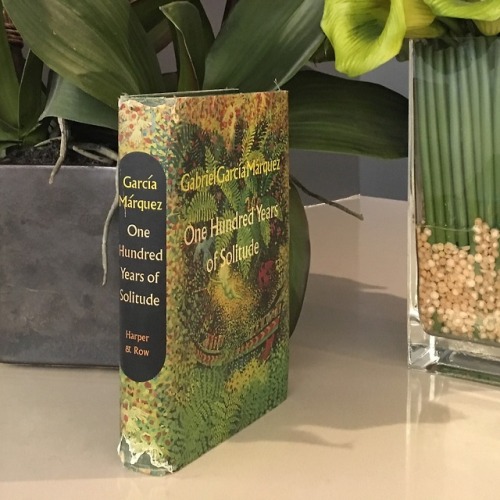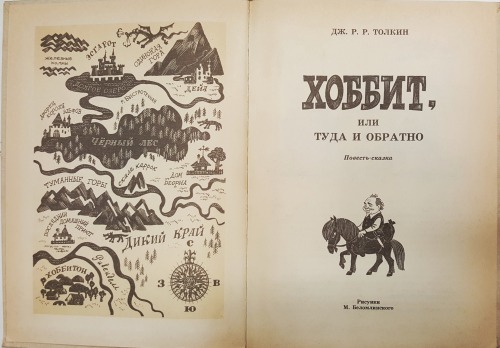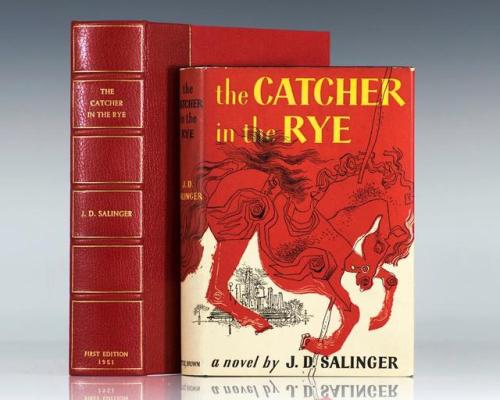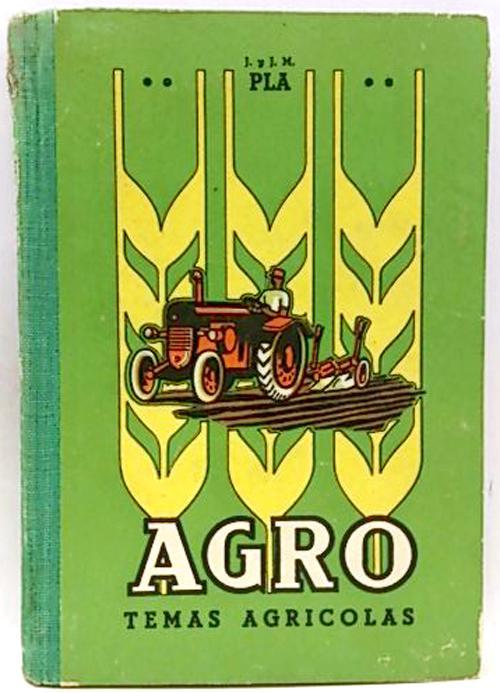#first edition
Black Money. Ross Macdonald. New York: Alfred A. Knopf, [1966]. First edition. Original dust jacket.
When Lew Archer is hired to get the goods on the suspiciously suave Frenchman who’s run off with his client’s girlfriend, it looks like a simple case of alienated affections. Things look different when the mysterious foreigner turns out to be connected to a seven-year-old suicide and a mountain of gambling debts.
Post link
The Forbidden Trail (Melody Lane Mystery #2). Lilian Garis. Grosset & Dunlap, 1933. First edition. Original dust jacket.
Carol observes several foreigners in town and that at least one of them seems to be trying to communicate with Veronica. Meanwhile, Carol learns that Veronica has inherited the cave on the Forbidden Trail from her father, who is missing and presumed dead. Veronica’s father had said that the cave held the secret to a great scientific discovery. When Carol receives a warning message not to interfere in Veronica’s affairs, she knows that something sinister is afoot. Carol does not understand what is going on, but she knows that the answer to the riddle lies in the cave on the Forbidden Trail.
Post link
Mrs Caliban. Rachel Ingalls. MRS CALIBAN. London, Boston: Faber and Faber, [1982]. First edition. Original dust jacket.
“Dorothy, a failed mother and neglected, wife, secretly takes in Larry, an anthropoid amphibian who has escaped from the institute for Oceanographic Research and is being sought for the deaths of two of his keepers … A sensitive portrait of alienation and disaffection with darkly fantastic overtones.”
Post link
Little Men. Louisa May Alcott. Illustrated by Clara M. Burd. John C. Winston Company (1928). First edition.
Little Men recounts six months in the life of the students at Plumfield, a school run by Professor Friedrich and Mrs. Josephine Bhaer. The idea of the school is first suggested at the very end of part two of “Little Women”, when Jo inherited the estate from her Aunt March.
Post link
Orphan of Mars. Joanna Cannan. Indianapolis: Bobbs-Merrill Co., (1930). First edition stated. Original dust jacket.
World War One themed novel of “the educated civilian who dashed to the Front without pausing to ask whether he was too good for cannon-fodder - and returned to live among those who had grown fat through the asking”.
Post link
Dock Walloper, The Story of ‘Big Dick’ Butler. Richard J. Butler and Joseph Driscoll. New York: G. P. Putnam’s Sons, (1933). First edition. Original dust jacket.
Labor and social change non-fiction. “A giant Irishman form London who fought his way up from the waterfront slums to New York State Assembly and won international renown as the forceful ruler of longshoreman activities in the Port of New York during the World War. He has friends among Governors and gangsters, politicians and thieves, judges and con men, cops and palookas, authors and actors, rum runners and speakeasy folk, show girls and waitresses.”
Post link
Tales Before Midnight. Stephen Vincent Benét. New York, Toronto: Farrar & Rinehart, Inc., [1939]. First edition. Original dust jacket.
Collects twelve stories including “Johnny Pye and the Fool-Killer,” a moral fantasy about personified death, “O'Halloran’s Luck,” a leprechaun story, and “Doc Mellhorn and the Pearly Gates,” an ironic posthumous fantasy. “Good stories.”
Post link
The Ghost of Melody Lane (Melody Lane Mystery #1). Lilian Garis. Grosset & Dunlap, 1933. First edition. Original dust jacket.
Carol Duncan finds herself worrying about Mrs. Becket, her good friend and organ teacher, who has been frightened by strange events at her home. Mrs. Becket has an accident, and a ghost is seen on her property holding a white rose. Some of the girls at school have begun spreading rumors, and Carol is afraid that many of the girls will decide to stop taking lessons. Carol also wonders about other seemingly unrelated unusual events. A strange carpenter who repaired Mrs. Becket’s organ is caught lurking near Mrs. Becket’s house. A foreign girl who lives with Mrs. Becket’s caretaker and his wife flees whenever anyone tries to speak to her. Carol is determined to discover what is happening and why.
Post link

Credit: Cover art of Larry Fagin (New York, USA, 1937-2017) in collaboration with George Schneeman (Minnesota/New York, USA, 1934-2009). Rhymes of a Jerk. First edition artist’s book, undated, on sale from Derringer Books (Avon, Connecticut, USA) and seen at the New York Antiquarian Book Fair @abaararebooks. Notice the canine representation.
First edition of The Sun Also Rises(a.k.a.Fiesta) by Ernest Hemingway. Beyond lovely. (via The Cataloguer’s Desk)
Post link
As part of our initiative to collect the first or earliest possible edition of books cited in the Library of Congress “Books That Shaped America” list, we recently acquired two books on the list that are worthy of recognition in our Provenance Project.
One acquisition is a first edition of A Tree Grows in Brooklyn, which features the autograph of the author, Betty Smith, while the second book is a later printing of a first edition of How to Win Friends and Influence People. In it, the author Dale Carnegie provides a lengthy inscription on the front endpaper:
This book is inscribed to Samuel Deutscher with deep salaams and salutations
Dale Carnegie
The book—which is considered the grand-daddy of all self-help books—sold over 15 million copies, and while we’re confident that our readers are already enthusiastic book lovers, perhaps we’ll study Carnegie’s principles to make our audience feel even more “important and appreciated.”
~Peter
This Provenance Project guest post was written by Peter Berg, Head of Special Collections and Associate Director for Special Collections & Preservation at Michigan State University. Dr. Berg received his undergraduate degree in History from MSU in 1969, his Library Science degree from the University of Michigan in 1975, and his doctorate in History from MSU in 1994.
Post link
O Haupt voll Blut und WundenGrosse Passionsmusik nach dem Evangelium Matthaei / von Johann Sebastian Bach ; vollständiger Klavierauszug von Adolph Bernhard Marx.
Berlin : Schlesinger, 1830.
1571 Schlesinger
1 vocal score (190 p.) ; 26 x 35 cm.
First ed.
Text by C.F. Henrici.
Happy Birthday, Johann Sebastian Bach!
Today’s post therefore features a first printed edition (vocal score) of Bach’s St. Matthew Passion, composed in 1727. For those unfamiliar with the work as a whole, it features the well-known hymn “O Haupt, voll Blut und Wunden”, which Bach uses throughout the Passion (one example can be seen in the second image above).
In 1823, Felix Mendelssohn’s grandmother gave him a copy of the St. Matthew Passion, and in 1829, he mounted a performance of the work at the Berlin Singakademie. Note that our piano score was published in the following year.
Look for additional Easter posts throughout this holy (hell) week. #amusicianslife
Post link
New Arrivals: First Edition of THE GAY COLORING BOOK [Washington, DC: Guild Press, 1964].
Extremely uncommon pre-Stonewall celebration of gayness, featuring a protagonist named Percy (“color me gay”) and his assortment of friends, all representing various iterations of gay stereotype from fey to femme to rough-trade. The final, poignant panel depicts Percy in an army uniform and is captioned: “My name is Percy. / Color me drafted.” Though riddled with what would in time come to be considered offensive stereotypes, it is inconceivable that this coloring book could have been produced for anything other than the gay market; it is full of inside jokes - bath houses, cruise bars, and sugar daddies - that would have been lost on the uninitiated reader of the era. We thus imagine the market to have been resultingly tiny, a supposition reflected in the lack of any evidence of this title in commerce and the presence of only five copies in institutional collections (per OCLC, as of 2016).
Post link
New Arrivals: First, Limited Edition of Beat Bible: 2 Books in 1. Beat & Pieces + Beat Books [Limited Edition], compiled by Fernanda Pivano, with photographs by Allen Ginsberg.
Two volumes; oblong quartos (23.5x28.75cm.); original pictorial and decorative boards; in original wooden, steel-clasped box, original paper and styrofoam padding. Fine. Beat & Pieces is a photographic history of the Beat Movement; Beat Books is a bibliography of the Movement, covering the years 1944 to 1965.
Post link
In this post we’ll be looking at John Webster's The Duchess of Malfi and the White Devil.

This is just the second post on our blog and already I’m breaking the rules somewhat. To remind you, the idea of this blog was to look at works of speculative fiction that have fallen from the general reader’s view. These are books that may well be beloved of the scholar and classicist, but for the general reader of speculative fiction they may as well be from Mars (OK, that’s a terrible analogy, it would’ve been better to say that they may as well be from earth).
So, why the John Webster then? Well, the answer I’ve come to is that there is a strong element of myth and horror in both The Duchess [of Malfi]and The White Devil, with their dark subject matters. I admit though, this is not enough to warrant inclusion. So how about the fact that they’re not actively promoted in modern culture. Again, a massive lie, both are currently being performed in London, the White Devil by the RSC no less.
So, I ask myself again, why did I pick the book? Well, the honest answer…all my speculative books were packed ready for WorldCon, and this was the only one that look remotely speculative left on the shelf [and I’ll admit, I know very little about either play]. However, I’ll justify myself by treating this as an examination of something I read recently noting that there was an element of lycanthropy in The Duchess. Coupling this with the disturbing undertones of his works we have a sort of proto-horror without the supernatural element. For the sake of brevity we’ll focus primarily on The Duchess, though The White Devil does have a couple of ghosts in it, which I’m pretty sure plant it firmly in the speculative camp.

John Webster, as many no doubt know, was a 17th century playlist remembered for his dark and macabre Jacobean dramas. The plays he’s best remembered for are the two aforementioned, with The Duchess being first performed privately around 1612-1613. He is credited as having provided some of the groundwork for the Gothic movement in literature of late 18th / early 19th century. Though it would be a stretch to describe his work as Gothic, it certainly slithers along with the same unsettling backdrop. Webster is one of only a handful of playwrights who have had their works under almost constant performance since first publication
The Duchess was first performed publicly by The King’s Men, the company of actors to which Shakespeare belonged and who first performed his plays. The date of performance seems tricky to tie down but the consensus seems to be between 1614 and 1621. The first edition of the book was published in 1623. 
So let’s have a look at the particular edition of the book that we have in stock [Bodley Head, 1930]. Like I said before, the book looked somewhat speculative sat on the shelf. To be more precise it looks like a work of the developing genre of supernatural horror from the turn of the century, adorned with a typically decadent design more familiar to book buyers of the 1900-1910 era. The book is illustrated by Henry Keen, whom I assume provided the device on the upper board and spine which are repeated on the jacket and the illustrated endpapers. Little is known about Henry Weston Keen. He died in 1935 in Switzerland and was born in 1871. Christie’s sold a set of five signed lithographs in 1995 for £225. Now if we were to very liberally compare him to the bastard child of Goya and Dore, that £225 would be a supreme bargain. Alas, his work isn’t Goya or Dore, nor is it Clarke or Beardsley, though he does appear to borrow elements from all the aforementioned. That said, his work does have a slightly sinister resonance, particularly the vignettes. If one were to savagely remove the plates from the book and present them to a bookish type, one wouldn’t be surprised if they thought they were from a book of Gothic horror. The Cardinal’s Window plate is particularly Gothic with the looming tower to the left of the frame.

The book carries facsimiles of recommendations by fellow dramatists William Rowley and Thomas Middleton, and a John Lane. This last name is proving difficult to research primarily because a much later John Lane was a publisher, ironically, a partner (with Elkin Mathews) in Bodley Head. The best guess we have is a poet of that name who the Dictionary of National Biography has as being active around 1620, apparently a friend of Milton’s father who published only two pieces - I assume that reputation far outweighed publication prowess in those days.
The facsimile title page notes that The Duchess was performed at Blackfriars privately and then publicly at The Globe. The White Divel was first published in 1612 [spelling is correct as per title page - I’d be interested to find out why it was spelt as Divel, it doesn’t appear to by etymologically linked]. The title of The Duchess per the title page is The Tragedy of the Dvtchesse Of Malfy, auction records show two copies, both from the 1930s, one listing reports that this was the first play to record the names of the characters with the actors - an interesting note. This copy sold for £12 with some leaves provided from a later copy. The second copy was seemingly complete and sold for £55 (£3,500 with inflation). Major British institutions hold copies including the BL, V&A, NLS and Leeds University (I may pop and see it). Anyway, that’s not the book I have.

So, finally, to the lycanthropy claim. Well, whether we’re talking about a physical transformation from man to wolf to man, a reported transformation, or a metaphorical transformation is not really the point. It seems that it’s likely a literary device with lycanthropy not only accentuating the beastliness of Ferdinand but also taking a swipe at Catholic prelacy, power in general and emotionally decay. But there’s certainly something deeper wherein Webster is suggesting that emotion can to some extent dictate the physcial. Either way, this is certainly a narrative element of speculative fiction, and so I feel justified in including it here!
Let’s have a look at a few lines, and you can judge for yourself:
“PESCARA: Pray thee, what’s his disease?
DOCTOR: A very pestilent disease, my lord, They call lycanthropia.
PESCARA: What’s that? I need a dictionary to’t.
DOCTOR: I’ll tell you. In those that are possess’d with’t there o'erflows Such melancholy humour, they imagine Themselves to be transformed into wolves; Steal forth to churchyards in the dead of night, And dig dead bodies up: as two nights since One met the Duke ‘bout midnight in a lane Behind St. Mark’s Church, with the leg of a man Upon his shoulder, and he howl’d fearfully; Said he was a wolf, only the difference Was, a wolf’s skin was hairy on the outside, His on the inside; bade them take their swords, Rip up his flesh, and try: straight, I was sent for, And having minister’d unto him, found his grace Very well recover’d.”
To summarise, while Webster’s plays might not be for the regular reader of speculative fiction, they certainly gel nicely with those readers of speculative fiction with a penchant for the weird and macabre, particularly those who enjoy the works of Hope Hodson, Machen, Blackwood etc.
Our copy is available here: Link

Ermyntrude and Esmeralda: An Entertainment. A fictional exchange of letters between two 17-year-old girls intent on the conquest of men, written for the private amusement of the Bloomsbury Group in 1913.
Post link
The Great Chicago Fire by Robert Cromie
Published in 1958, this book recounts the true story of the fire in Chicago in October 1871 that burned for two days and left a third of the city homeless.
Post link
Photos by Walter Spies, renowned German painter who moved to Indonesia in 1923 and settled in Bali in 1927.
Post link
First edition of the author’s first book.
Since his debut in 1951 as The Catcher In the Rye, Holden Caulfield has been synonymous with “cynical adolescent.” Holden narrates the story of a couple of days in his sixteen-year-old life, just after he’s been expelled from prep school, in a slang that sounds edgy even today and keeps this novel on banned book lists.
It begins, “If you really want to hear about it, the first thing you’ll probably want to know is where I was born and what my lousy childhood was like, and how my parents were occupied and all before they had me, and all that David Copperfield kind of crap, but I don’t feel like going into it, if you want to know the truth. In the first place, that stuff bores me, and in the second place, my parents would have about two hemorrhages apiece if I told anything pretty personal about them.”.
Post link
This Place Has No Atmosphere by Paula Danziger
80s YA sci fi at its best!
It’s the year 2057 and students take classes in ESP, people live in malls, there aren’t any parks left, and thanks to an airtight dome, there is a colony on the moon. Fourteen-year-old Aurora couldn’t be happier—she’s part of the “in” crowd, her best friend is a celebrity, and Matthew has asked her to Homecoming.
But Aurora’s parents have new jobs on the moon, and she and her little sister must leave their friends and schools to go with them. Aurora is sure she will hate life on the moon, because there are only 750 people in the whole colony. What if none of them is a boy her age?
Post link

![Black Money. Ross Macdonald. New York: Alfred A. Knopf, [1966]. First edition. Original dust jacket. Black Money. Ross Macdonald. New York: Alfred A. Knopf, [1966]. First edition. Original dust jacket.](https://64.media.tumblr.com/0fec7ba1dfb3901e261122d15cda7a6a/b1c25acbfe827d45-1a/s500x750/6d9dde58b62e6c5b19091f8403c1638f614ed39f.jpg)
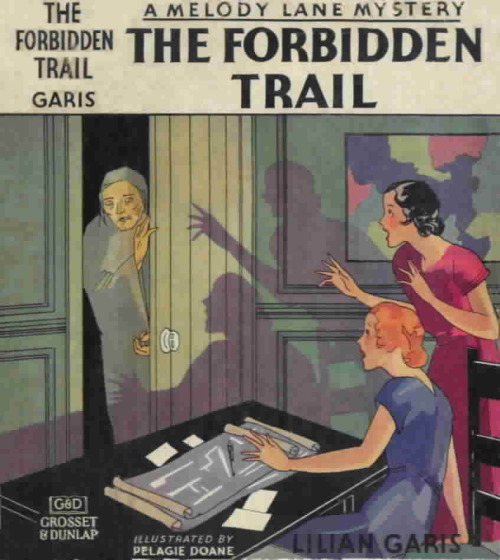
![Mrs Caliban. Rachel Ingalls. MRS CALIBAN. London, Boston: Faber and Faber, [1982]. First edition. Or Mrs Caliban. Rachel Ingalls. MRS CALIBAN. London, Boston: Faber and Faber, [1982]. First edition. Or](https://64.media.tumblr.com/c64d156b357279b3d3957b8b3c3fe4b9/c962eb13daa2fdbe-99/s500x750/466ce13e969fb08c85cfc293e852ddb3fea32336.jpg)

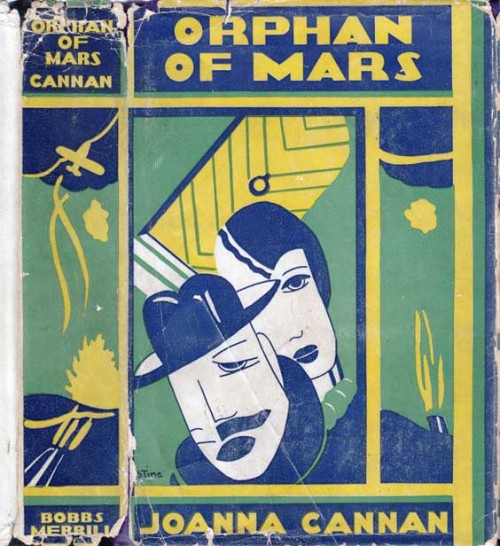

![Tales Before Midnight. Stephen Vincent Benét. New York, Toronto: Farrar & Rinehart, Inc., [1939] Tales Before Midnight. Stephen Vincent Benét. New York, Toronto: Farrar & Rinehart, Inc., [1939]](https://64.media.tumblr.com/0fd2bbbbd0089894d44daf855f4529e3/835f2eacd1afc9f9-1a/s500x750/8fc2d232916c3aaacd72ce321a301ff0cd77b79a.jpg)
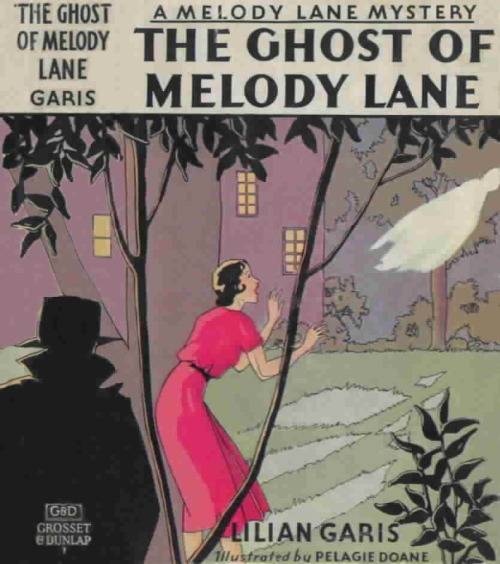



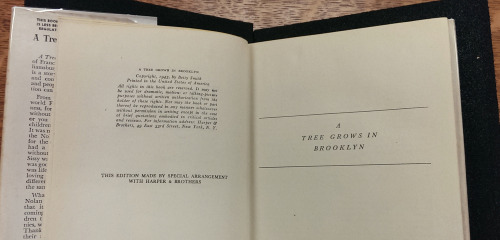
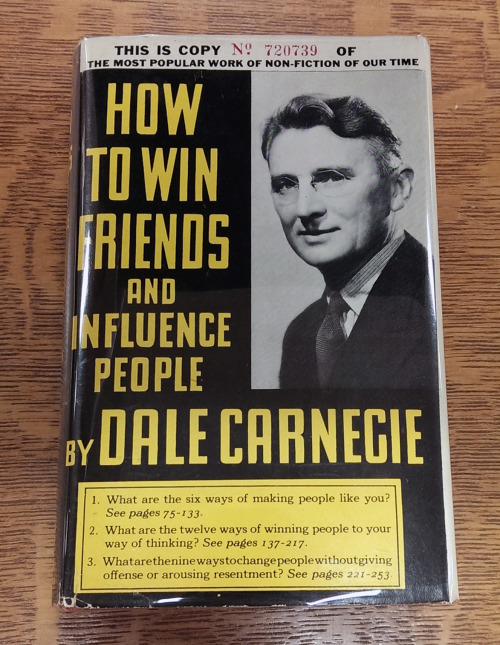
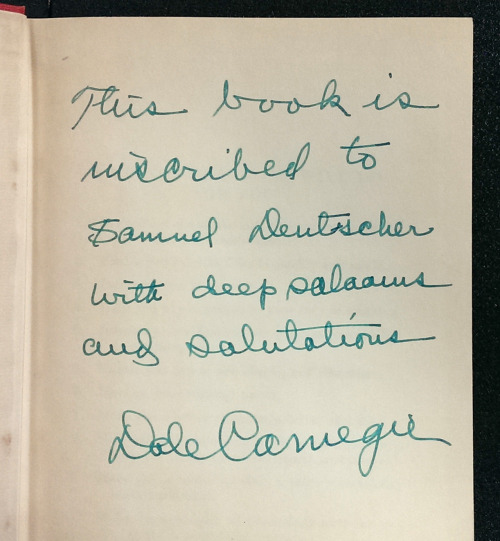


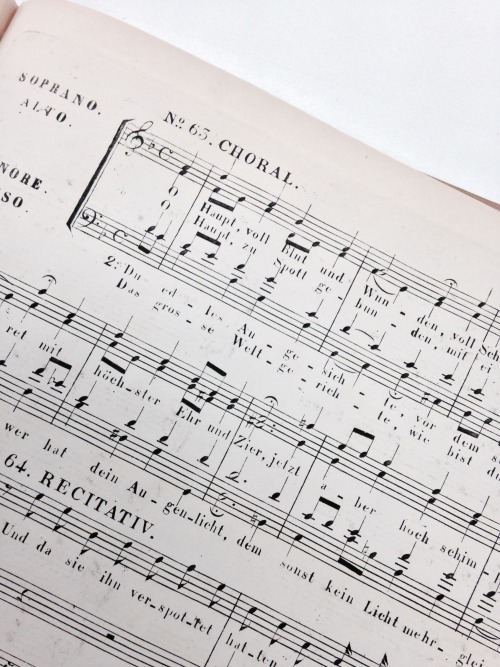


![New Arrivals: First Edition of THE GAY COLORING BOOK [Washington, DC: Guild Press, 1964].Extremely u New Arrivals: First Edition of THE GAY COLORING BOOK [Washington, DC: Guild Press, 1964].Extremely u](https://64.media.tumblr.com/49bcfaee87dbf8e5a4417a921b601129/tumblr_o21jenCqqm1rzbphwo1_500.jpg)

